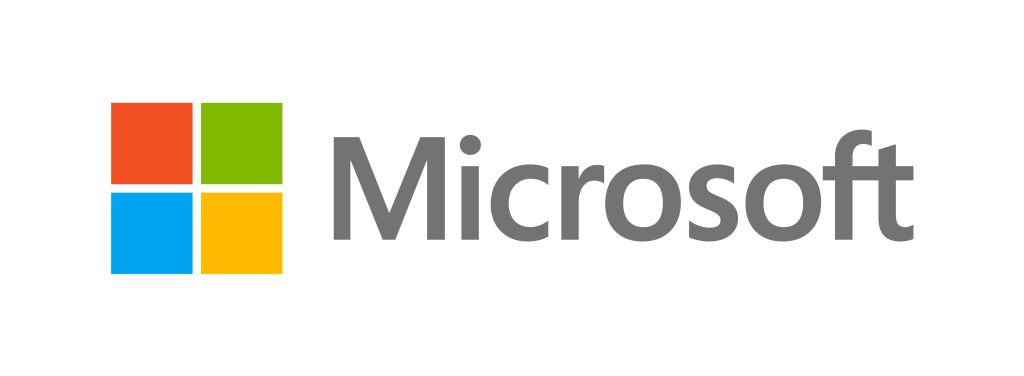Critical Zero-Click Vulnerability in Windows: What You Need to Know

Overview
A new critical zero-click vulnerability (CVE-2024-38063) in the Windows TCP/IP stack has surfaced, putting millions of systems at risk. This vulnerability, discovered in systems with IPv6 enabled, allows attackers to execute remote code without any user interaction. The implications are vast, affecting all major Windows operating systems, including Windows 10, Windows 11, and Windows Server.
What is a Zero-Click Vulnerability?
Zero-click vulnerabilities are particularly dangerous because they do not require any action from the victim, such as clicking a link or opening an email attachment. Attackers can exploit these vulnerabilities remotely, often silently, making them a preferred method for sophisticated cyberattacks. In the case of CVE-2024-38063, the vulnerability lies within the Windows TCP/IP stack, a core component that handles communication protocols over the internet.
Technical Details of CVE-2024-38063
The vulnerability specifically targets systems with IPv6 enabled, which is a widely adopted internet protocol that facilitates communications over the web. The flaw in the Windows TCP/IP stack allows attackers to send specially crafted packets to a vulnerable system, leading to remote code execution (RCE). Since no user interaction is needed, the potential for widespread exploitation is significant.
A security researcher, known by the alias “Ynwarcs,” released a proof-of-concept (PoC) exploit for this vulnerability on GitHub. The PoC has made it easier for attackers to understand and leverage the exploit, significantly raising the stakes for affected organizations.
Impact on Affected Systems
Given the ubiquitous nature of Windows operating systems in both personal and enterprise environments, the potential impact of this vulnerability is severe. Systems with unpatched vulnerabilities could be fully compromised, allowing attackers to gain control over the system, steal sensitive data, install malware, or disrupt operations.
This vulnerability is particularly concerning for enterprises relying on IPv6, as it could lead to large-scale attacks across corporate networks. With the PoC publicly available, there is an increased risk of attacks being deployed rapidly.
Microsoft’s Response and Recommendations
Microsoft has responded swiftly to the disclosure by advising all affected organizations and users to apply the latest security updates. The company recommends monitoring for unusual IPv6 packet activity, which could be an indicator of an attempted exploit. Organizations should also consider disabling IPv6 if it is not essential to their operations as a temporary mitigation until patches are applied.
What Should You Do?
If you are a system administrator or IT professional:
- Apply Security Patches: Ensure that your systems are up-to-date with the latest security patches provided by Microsoft.
- Monitor Network Traffic: Keep an eye on network traffic, particularly for unusual or unexpected IPv6 packets, as these could indicate an exploit attempt.
- Disable IPv6 (If Possible): If your operations do not rely heavily on IPv6, consider disabling it temporarily as a precautionary measure.
- Educate Your Team: Make sure your IT staff is aware of this vulnerability and knows how to respond if suspicious activity is detected.
For individual users, ensure your Windows operating system is updated to the latest version to protect yourself from potential exploitation.
Conclusion
The discovery of CVE-2024-38063 underscores the evolving nature of cyber threats and the importance of maintaining robust security practices. As zero-click vulnerabilities become more prevalent, the need for vigilance and prompt action in applying security updates cannot be overstated. By staying informed and proactive, organizations and individuals can mitigate the risks posed by these sophisticated attacks.